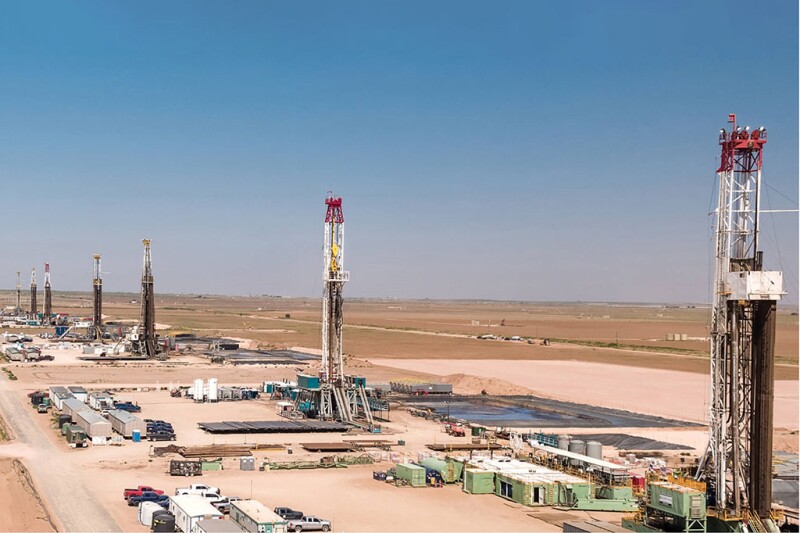In June, ExxonMobil’s CEO announced at an investor conference that the oil giant is experimenting with “very promising new technologies” poised to substantially enhance its recovery rates in the Permian Basin.
Darren Woods was light on specifics. Nonetheless, ears perk up when the head of the largest oil producer in the US suggests that it’s making progress on its goal to double the oft‑cited and oft-derided 10% recovery factor of shale resource plays.
What Woods clued the outside world into is ExxonMobil’s optimism around drilling extra‑long horizontal wells (17,500-ft laterals vs. the more‑typical 10,000 ft) and the work that engineers are doing to make sure such wells can be effectively propped. Both count as compelling kernels to chew on.
But the CEO alluded to another area of notable progress when he said, “There are very few companies or organizations out there that could tell you exactly how fracs propagate and what that looks like underground—our view is that’s just a hard science project problem to solve.”
A couple of weeks later, the largest oil and gas producer in the US shared a much more in-depth assessment of that science problem at a different industry gathering—this time the Unconventional Resources Technology Conference (URTeC).
In URTeC 3860704, two dozen authors from ExxonMobil describe a four-well test used to steer decision making in the Midland Basin side of the Permian where it is among those drilling massive multiwell projects known as cube developments.

The experiment raised enough red flags for ExxonMobil to rethink its plans for a tight-well design.


